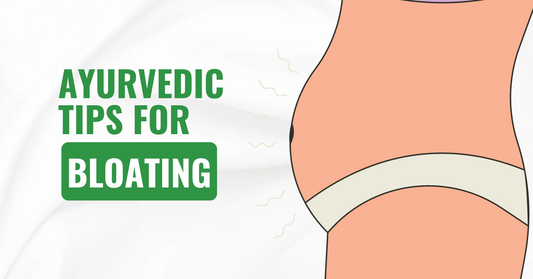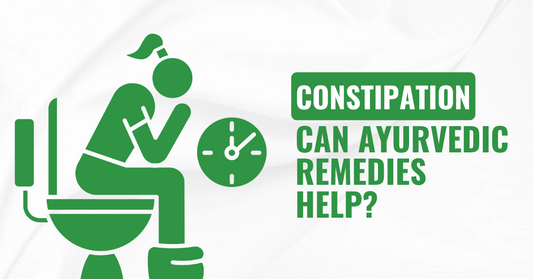Causes and Pathways of diseases
Share
Diseases look for the body’s weak immunity for entrance. The weaker the physical condition, the easier it gets for the disease to spread into the body. The day-to-day negligence of our health leads to the formation of diseases.
CAUSES OF DISEASES
As per Ayurveda, the following are two main causes responsible for the diseases in our body.
Biological Causes
Bacteria, fungus, viruses, or allergens are pathogens that come in close contact with the human body and enter our immune systems. When our immune system does not have the sufficient strength to fight the disease, it requires medicine. The reasons for coming in contact with the diseases are:
- Coming in contact with people suffering from contagious diseases or infections.
- Salivary fluids, blood, or excretions of infected people are a source of infections.
- Contact with asymptomatic carriers of the symptoms of the diseases.
- Contact with dust, droplets, or smoke containing the bacteria of the infection.
There are different methods of coming in contact with the diseases discovered, and one is direct, and the other is indirect contamination.
Direct Contamination
In case of direct contamination, the human body comes in contact with another infected human body. In this case, a healthy human body comes in contact with the infected skin, saliva, blood, mucus, or other membranes of the infected body. By this contamination, the infections get transmitted into the uninfected body and form the diseases. An example can be made of Staphylococcus in this regard.
Again, when a person suffering from a viral infection sneezes or coughs in front of a healthy person, the droplets of mucus released through the nose and mouth of the infected person come in contact with another person remaining within the radius of almost one meter infects the person. After this contamination, the immune system of the person succumbs to the disease. You can consider COVID – 19 as an example.
Indirect Contamination
In case of indirect contamination, there are no direct physical contacts among the body required. The virus or the pathogen travels through the air in a droplet form, and the droplets remain suspended in the air. As a result, the people who breathe into the same air get infected. Tuberculosis is an example of this form of contamination.
Coming in contact with contaminated objects like syringes, blood transfusion through cuts on the skin, needles, or blades of the infected person are some of the causes of indirect contamination. For example, you can think of HIV.
Food or drinking water containing bacteria or fungus is very likely to start the infection through the person's digestive system. Typhoid is a prominent example of this form of contamination.
Psychological Causes
Physical factors and psychological factors are interrelated. A person's mental or emotional condition can create an impact on physical health and create symptoms. Some of the common examples are:
- Anxiety: Anxiety is a quite common experience for people nowadays. When people are trying out something new, waiting for important news (examination results or job interviews), they go through anxieties. This condition leads to stomach aches, flutter (butterfly in the stomach), or vomiting conditions. The excess release of adrenalin leads to this condition.
- Stress: Situations like handling too many works together, preparing for exams, or other stressful situations lead to severe headache, nausea, or general weakness of the body. The body generally releases two kinds of stress hormones in this case, adrenalin and cortisol.
- Depression or Trauma: Severe depression or mental trauma leaves a huge impact on physical health. Symptoms like pain, digestive problems, tiredness, headache, and eye problems are common here.
Pathways of Diseases:
Outer Pathway of Disease (Bahya Marga)
The outer pathway of diseases includes the skin, hair, nails, mammary glands, lips, and anus. The bacteria enter the body through these places.
Inner Pathways of Disease (Antar Marga)
The inner pathways of the diseases include the respiratory system, the digestive system, or, more importantly, the esophagus and the trachea. In the case of inner pathways of diseases, it gets easier for the pathogens to spread throughout the body.
Central Pathway of Diseases (Madhyama Marga)
Body tissues like fat, muscle, bone marrow are the central pathways of diseases. It is known as the central pathway because it is situated just between diseases' outer and inner pathways.
End Notes
A human body is susceptible to all kinds of diseases. A person must lead a healthy and active life to strengthen the immune system. Medicines support the immune system to help it fight diseases. A healthy initiative from our side will help us to lead a life with a balance of a healthy body and mind.



